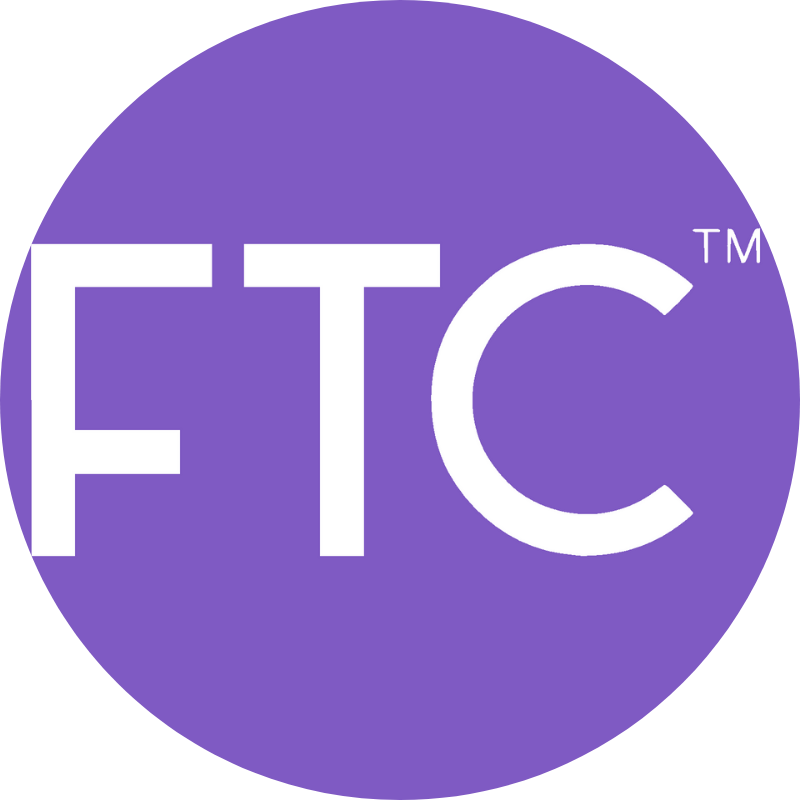What is a Crow Quill Pen?
Crow quill pens are constructed using the primary flight feathers from molted birds that have been cut into the shape of a nib with an ink-control mechanism built-in, usually featuring an adjustable slit that releases ink into a calamus.
Feather or reed/bamboo pen nibs tend to keep their points more securely than metal ones and need fewer sharpening sessions, making them suitable for all types of ink bottles.
History
At one time when quill pens were popular, a skilled pen cutter could produce up to 600 in one day by dutching, cleaning and cutting feathers to form basic points before fashioning a slit for making the nib.
Goose feathers were traditionally thought of as being among the strongest and best for writing fine lines, although swan, turkey, crow, eagle and owl feathers could also be used for writing fine lines. Thomas Jefferson used these quill pens himself; 20 goose-quill pens are placed at each counsel table when the Supreme Court is in session as an assurance they would always have ready access.
Feathers cannot be directly used as writing implements from birds; instead they require treatment to harden. One common method was plunging them in hot ash for this process.
Anatomy
Quill pens were the primary writing implement used by medieval scribes, offering a great improvement over clay tablets and reed pens that required frequent sharpening. Quill pens were widely used to compose many important documents including Magna Carta and Declaration of Independence; Thomas Jefferson even kept geese at Monticello to supply him with feathers to fill all his quill pens!
Quill pens feature an ink reservoir called the calamus that stores ink for use at its tip through capillary action. Their hollow shaft also serves to store ink from time to time for easy refilling, with an opening on one end leading directly into capillary action at its end for dispensation.
The Hunt 102 Crow Quill Mapping Nib is designed for use with traditional nib holders such as those listed under Compatible Products. This very fine and flexible nib is great for expressive drawing; best used with pigment-based inks that stay put on paper without bleeding through.
Materials
Original quills were traditionally constructed using feathers from various birds such as geese, swans, and crows; today however, crow quills have become the go-to option due to their greater strength. Cut to a point with a narrow slit to hold ink at one end called the “calamus,” capillary action allows ink to flow through through this narrow opening to make them the go-to choice for quilling purposes.
The pen can be used on any type of paper, though a quality sketchbook or drawing pad should be preferred as its quills and metal nibs can tear or pill the paper and are also pressure sensitive.
This Speedball 102 Crow Quill pen boasts a superfine tip that is both flexible and straight nib holder compatible.
CHARACTERISTICS & USES
A crow quill is one of the most versatile drawing tools available, capable of producing fine, wispy lines as well as wider strokes depending on how much pressure is applied. Plus, its tubular nib holds plenty of ink so re-dipping will never be necessary (unlike its modern metal pen cousins).
A quill pen is constructed from a bird feather that has been altered to contain ink for writing purposes. Its hollow shaft holds the ink while capillary action brings it down the feather to its tip via the slit at its base. There are various ways of treating feathers for use as quill pens; methods include soaking it in hot water before firing up a furnace to harden them further.
Alternatives
If the idea of working with a crow quill pen seems intimidating, there are still other options for you. A standard steel dipping pen included in your supply list works well and allows you to produce different line widths by altering how much pressure you apply on its nib.
Bamboo or reed pens follow a similar principle as feather pens by sucking up ink via capillary action, providing another form of inking option alongside traditional and mapping nibs.
Fine point brushes offer an alternative style similar to the crow quill pen; however, it takes practice to master its various line weights which are produced by changing pressure applied at its tip.
